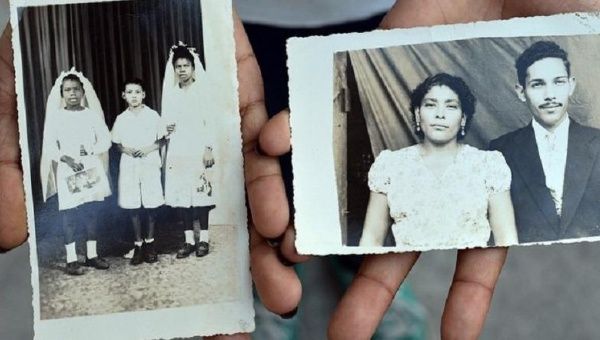Viewing Los Angeles Through a Creole Lens
The New York Times
2016-01-21
Farai Chideya
The pulse of the train on the tracks sets a rhythm as its passenger cars seem to skim over Lake Pontchartrain in New Orleans. These six miles of nothing but sky above and water below are the gateway into the city by rail. Next come the cemeteries at the edge of New Orleans, and all of a sudden, a day and a half of travel ends at the Amtrak terminal in the business district. I had just completed the first leg of my cross-country journey by sleeper train, starting in New York, and was beginning the second: a foray into the cultural ties between the Crescent City and California.
This trip had been inspired partly by the travel writer and blogger Greg Gross, who grew up in New Orleans and California. “I had a great-uncle who ran away at 15 to become a Pullman porter,” he said. These black men served a predominately white customer base as sleeping-car porters, often simply called “George” by their customers. Their union became a powerful force during the civil rights movement. Mr. Gross’s great-uncle Ellis Pearson worked on the Sunset Limited train from New Orleans to Los Angeles.
He was something like an usher for Mr. Gross’s family, which is full of cross-country transplants, including his parents and a deceased uncle who played jazz trumpet. When black New Orleans families like his moved to California, “They brought their food with them, their music,” he said. “They brought an energy, an attitude with them. ‘We survived there; we can make it here.’ They brought it to their churches and their neighbors.” It’s a refrain I hear many times as I speak to members of this diaspora.
The Grosses weren’t the only ones. The migration of black and Creole families moving to California from Louisiana began as a trickle in 1927, in the wake of that year’s great flood, and grew to a mass migration from the 1930s to 1960, years that encompassed the Depression, World War II and the growth of employment opportunities for blacks, and Jim Crow. While many families went from the South to the North, the train lines led many in New Orleans to the West instead. The better part of a century after its start, some migrants resettled in California after Hurricane Katrina. I wanted to follow the path that others had, to trace a thread of our cultural lineage, however faint. I wanted to see both cities through a black Bayou and Creole lens, to see if they’d drifted apart or were overlapping, remixing culture in the same way that Creoles originally had…
…Once in Los Angeles, I headed to the venerable Creole restaurant Harold and Belle’s on Jefferson Boulevard to meet up with Roger Guenveur Smith, an actor, writer and producer, and the actor and musician Mark Broyard. The dining room — scheduled to reopen next month after a renovation — was filled with locals wearing fleur-de-lis T-shirts or other symbols of their fealty to Louisiana. Mr. Broyard and Mr. Smith have known each other since childhood, and collaborated on a play called “Inside the Creole Mafia,” staged several times over the course of two decades. I got a taste of their razor-sharp banter over my gumbo.
Mr. Broyard explained how his family left Louisiana during the Jim Crow years because, “as my mother said many times,” he said, “she was not going to fight the civil rights movement with her children. We, the Creole kids, the light-skinned kids, we had been integrating schools for a lot longer because we weren’t dark. So we had been in and out of all these white institutions for years, with a tacit understanding that these people were colored, but it was O.K. that they were here because maybe they had half of one drop or something.”…
Read the entire article here.



